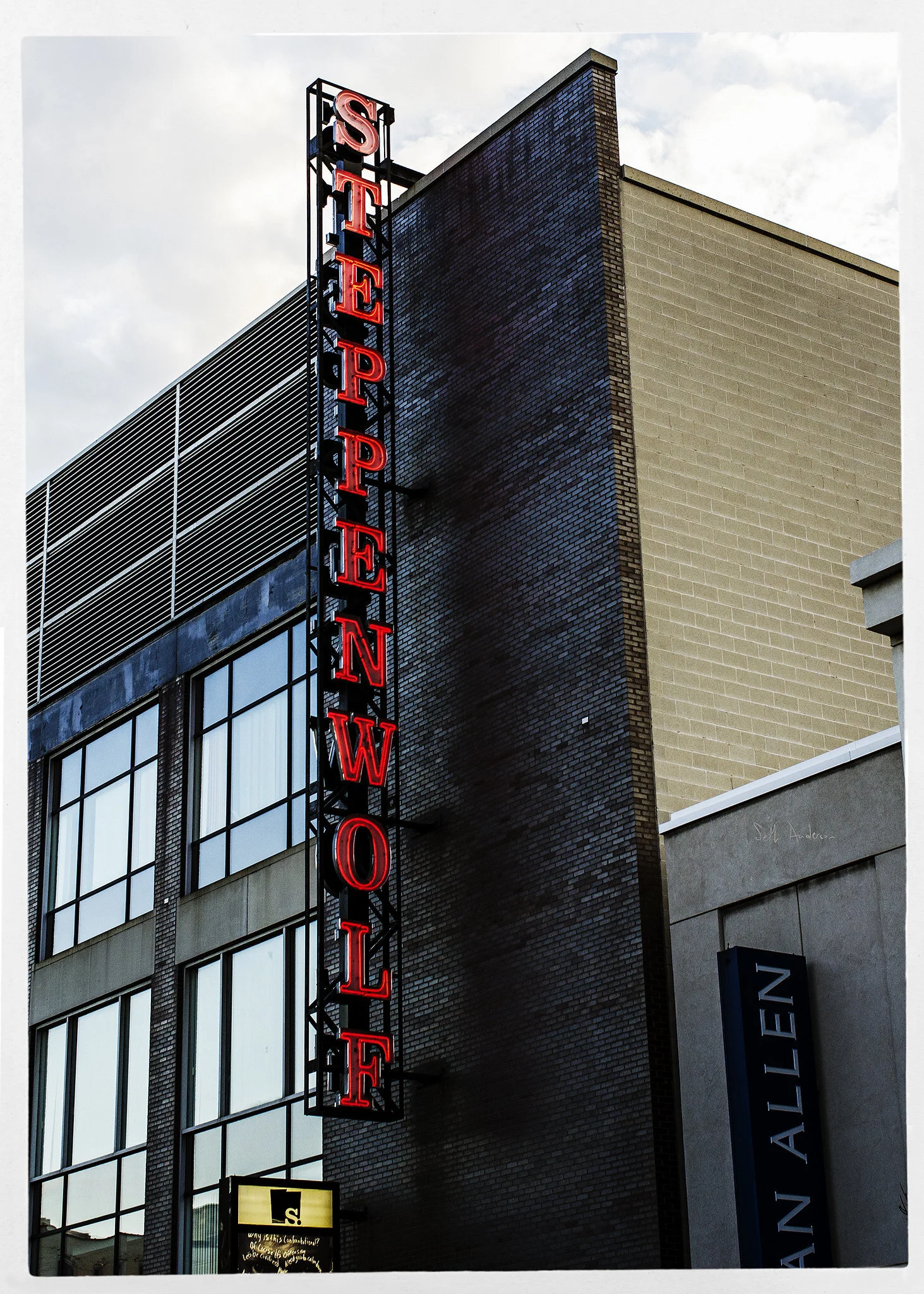Arts organizations play important roles in their communities beyond providing access to art itself. Arts organizations are also valued venues for human connection. In LaPlaca Cohen’s Culture Track 2017, 68% of respondents indicated “interacting with others” as a draw for cultural participation, and about half of respondents in LaPlaca Cohen’s 2020 study, Culture and Community in a Time of Crisis, revealed desires for cultural organizations to communities “stay connected” during this time. These data points demonstrate that audiences look to arts organizations to not only foster connections through art, but also nurture communities beyond the art. One way to do this is by creating virtual third places. While arts organizations are unlikely to build entire VR-based worlds for their patrons, arts administrators might consider how to adapt existing platforms to help reproduce some if not all of the socially-leveling, conversation-focused environments they’ve worked to cultivate in their physical spaces.
Young, Diverse, and Loyal: Engaging a New Audience
Many institutions are rethinking their approach to diversity in the light of renewed protests in support of the Black Lives Matter movement. Theatre companies throughout the nation are a part of this wave, rethinking everything from season planning to staff structure. Yet one of the largest issues at hand is the lack of diversity in audiences. Theatre audiences are dwindling, and those audience members that remain tend to fall into a very narrow set of demographics: usually older, white, and affluent. Theatre companies will have to reach out to new groups If they want to continue working and thriving well into the future.
Build Interactivity into Public Art: Technology Interventions
One key element that differs public art from art produced for display in museums and galleries is that public art is often site-specific. It is critical to make public art more reflective of the place and community in which it resides through interactive and participatory approaches. How can technology contribute to the systems and interventions designed to drive public engagement?
Building Interactivity into Public Art
Do you think that interactivity can improve an audience’s relationship with public art? One key element that differs public art from art produced for display in museums and galleries is that public art is often site-specific, meaning it is created in response to the place and community in which it resides. Therefore, creating public art needs a certain level of customization to the physical local environment.
Virtual Solutions in the Arts During Covid19
Over the last week, society has faced unprecedented territory with the increasing spread of Covid-19. As communities quarantine themselves and take precautions against greater spread, arts and cultural organizations are joining in the effort by closing their doors. Amidst all of this, arts managers are coming up with creative solutions to offer their content and services to the public Now, more than ever, the arts must rely on technology to deliver their content. Below is a sampling qua starter list of virtual responses to Covid19 to date (March 17, 2020).
Beyond Livestreaming: Remote Theatre Attendance through Virtual Reality (VR)
Virtual Reality technology is increasingly more sophisticated and powerful, and it’s predicted to fully hit the mainstream within the next year. In the performing arts VR has been adopted slowly, most commonly used for immersive experiences. However, there may be a lost opportunity: institutions can use VR simply to grow audiences.
What on Earth is The Hubble Cantata?
Connecting Communities Through Howlround's World Theatre Map
The Giving Pledge: A Start to Engage Tech Philanthropy
To understand why arts organizations have struggled to capture funds from tech billionaires, arts managers and development professionals would do well to recognize what philanthropic sectors they are losing these dollars to, and why. Armed with these insights, arts professionals can then adjust their strategies to better appeal to this new and growing donor segment.
STEAM Learning at the Carnegie Science Center
Moving the conversation around public education from STEM (Science, Technology, Engineering, and Math) to STEAM (Science, Technology, Engineering, Arts, and Math) has long beleaguered arts managers and arts educators alike. Defending the argument for arts programming and arts education can be difficult in the face of shrinking school budgets and a highly competitive grant environment. Particularly in a country that increasingly favors the hard sciences above the humanities, cultural pursuits, and artistic studies. Despite gains at the federal level with the new core arts standards, the STEAM caucus, and the first budget increase for the National Endowment for the Arts in years, it is still easy to feel defeated. The question remains, what can arts leaders and community organizers do at the local level to push the conversation in a positive direction?















